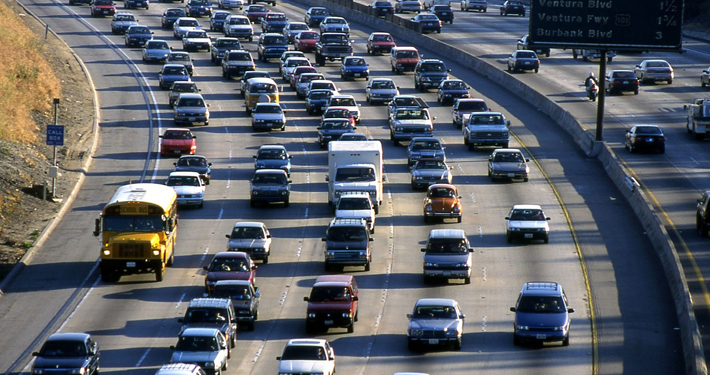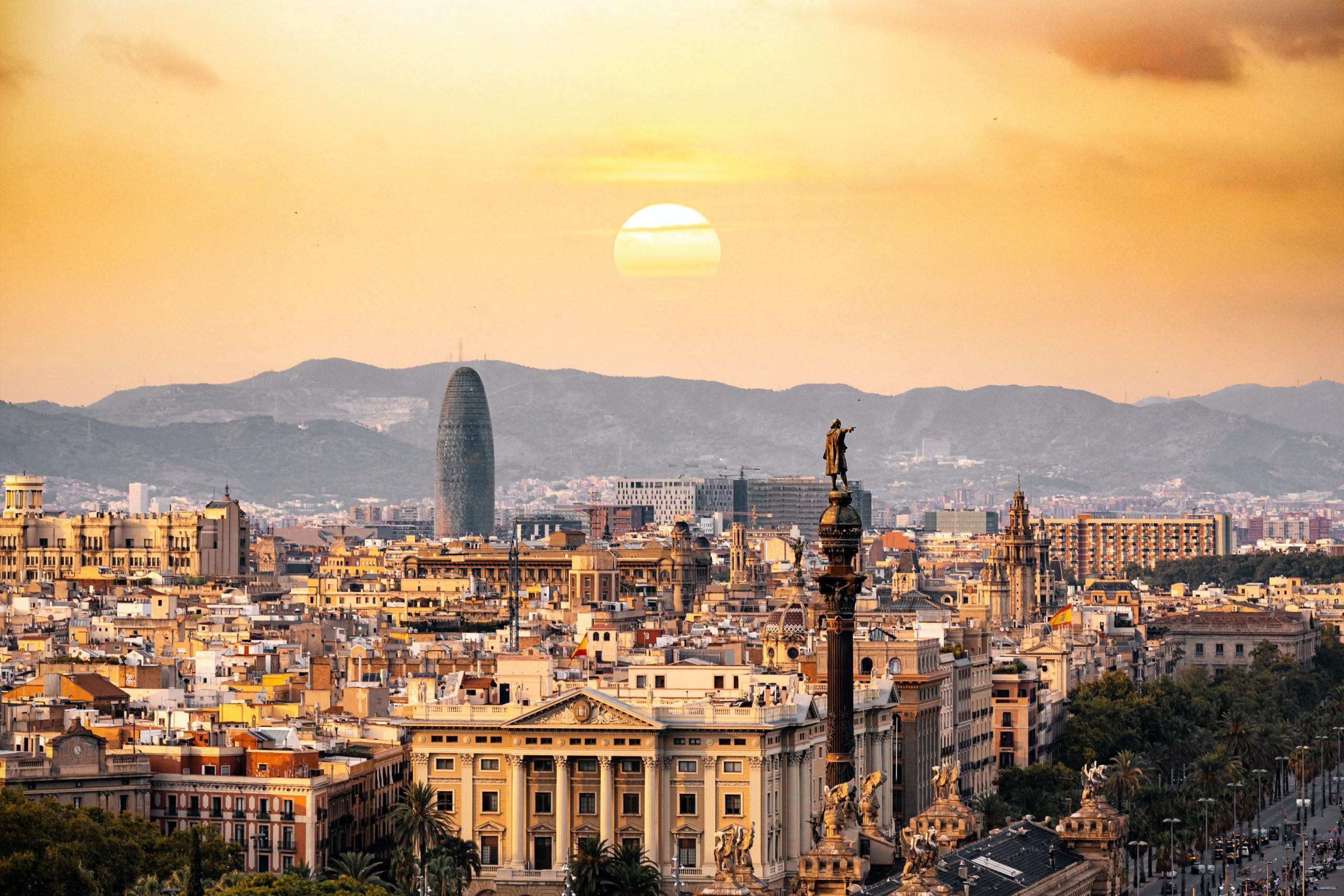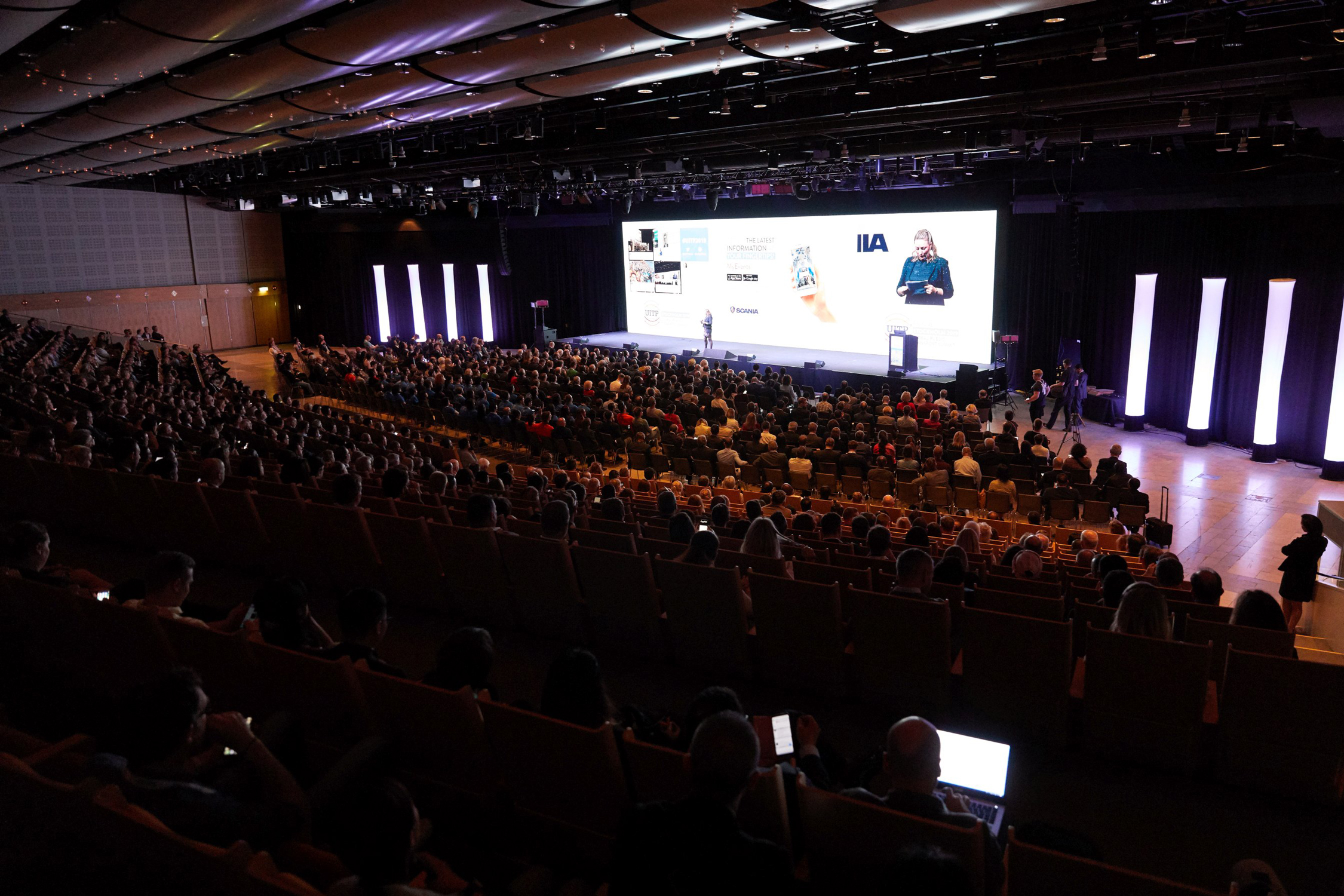Expanding rail in Los Angeles, where the car is king

Back in November 2016 when most eyes were fixed on what was happening in Washington, another question was on ballot papers in Los Angeles. To the question of whether they would accept a ½ ¢ sales tax to finance the expansion of the city’s rail and bus systems, the people of LA County gave it a resounding thumbs up.
More than 71% of voters approved the so-called ‘Measure M,’ which will bring in $860m in the first year and will see $29.9bn invested in bus and rail operations and a further $1.9bn in regional rail. A rail connection to LAX airport, a project to ease traffic under the Sepulveda Pass and a Purple Line extension to Westwood will all get the go ahead. Measure M will also help to fund pavement improvements, cycling infrastructure (including bike share) and a network of greenways.
LA is one of the US’ most car-oriented cities and it is estimated that Angelenos spend an average of 81 hours a year stuck in traffic. There are currently 10.2m people living in LA County – predicted to grow by another 2.3m in the next 40 years – and the plans are expected to make public transport more accessible, convenient and affordable for all.
We spoke to Nadine Lee, Deputy Executive Officer of the Office of Extraordinary Innovation at LA Metro, a new member of UITP, to find out more about what’s happening in the City of Angels.
Tell us a little about LA Metro.
Nadine Lee: In Los Angeles, we’re carrying 1.4m passengers per day on a network of high capacity heavy rail, light rail, and bus transit. We have a tremendous opportunity to improve the utility of the entire transportation system by increasing modal share and providing more and better options for moving around in LA County. LA Metro is committed to integrating all tools at our disposal to provide a nimble and dependable mobility network that can flex to the individual travel patterns of today’s customer.
What are your customers’ expectations in terms of providing and developing services?
NL: Customers rule. In our current environment, customers demand that we provide convenient, attractive, and reliable mobility systems. Modern transit riders find other options when public transport doesn’t work for their trips. Riders expect public transport providers to find new ways of doing business so that we can deliver systems that address their needs.
How important a priority is maintenance?
NL: Today’s riders don’t care about our historical excuses for letting our infrastructure fall into disrepair. Through the passage of the more than $120bn Measure M, LA Metro has committed a dedicated source of funding to asset management. The condition of our existing system is every bit as important as the shiny new projects we are building, and it is incumbent upon us to maintain a state of good repair on that base system. LA Metro is no longer willing to be reactive. We will do what we can with preventive maintenance, performance management, and continuous improvement to provide the reliability that will gain credibility and trust with our customers. This is how we will provide a resilient mobility system in the Los Angeles region.
Are there other considerations aside from financial and technical?
NL: One of the more unspoken issues we face in public transport is the recruitment and retention of a qualified workforce. LA Metro is establishing programmes for hiring and developing the qualified workforce needed to maintain our system. Our goal is to provide entry to the industry while allowing employees to pursue career paths that will grow and broaden their experience – all with the intention of building the leadership of the next generation from within the organisation.
Nadine Lee will be speaking in a workshop on ‘Deploying innovation across the public transport sector’ and in the Urban Mobility Innovation Index (UMii) Forum at the upcoming UITP Global Public Transport Summit.

